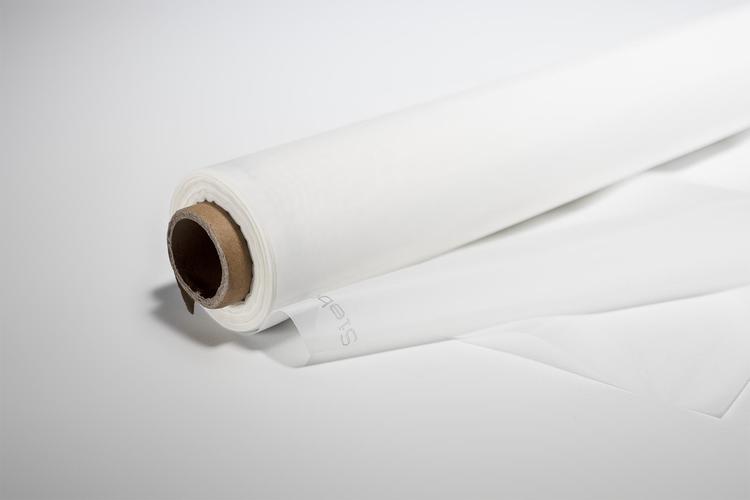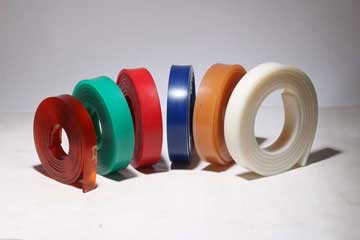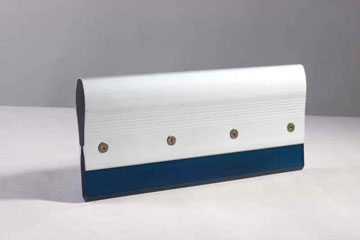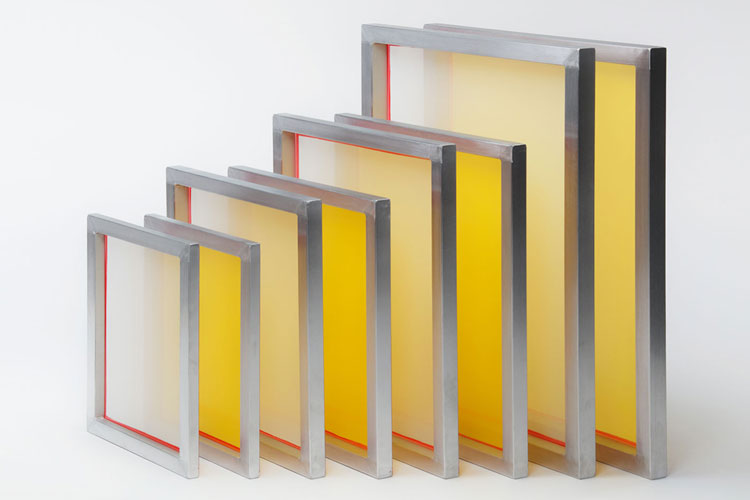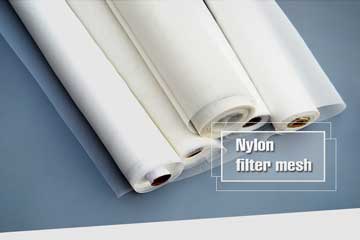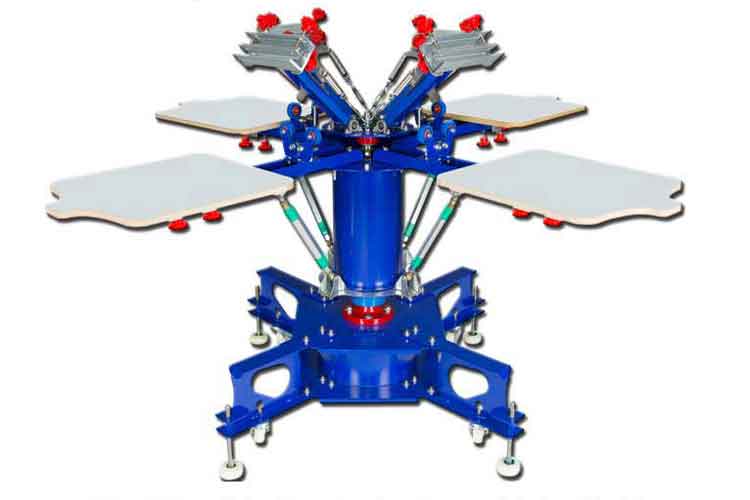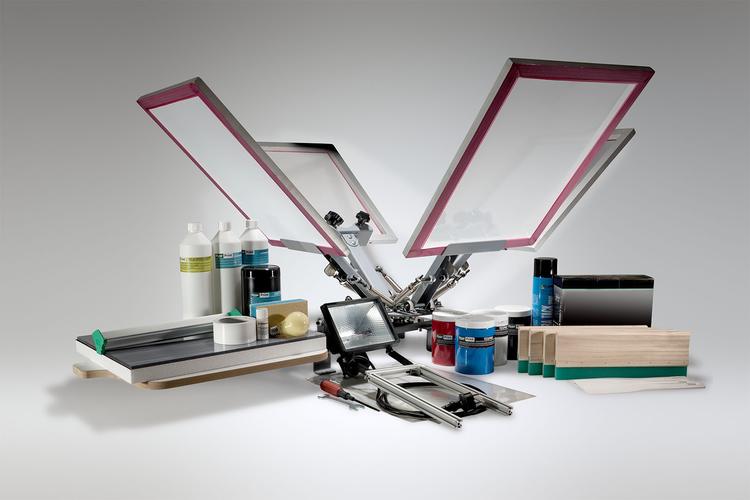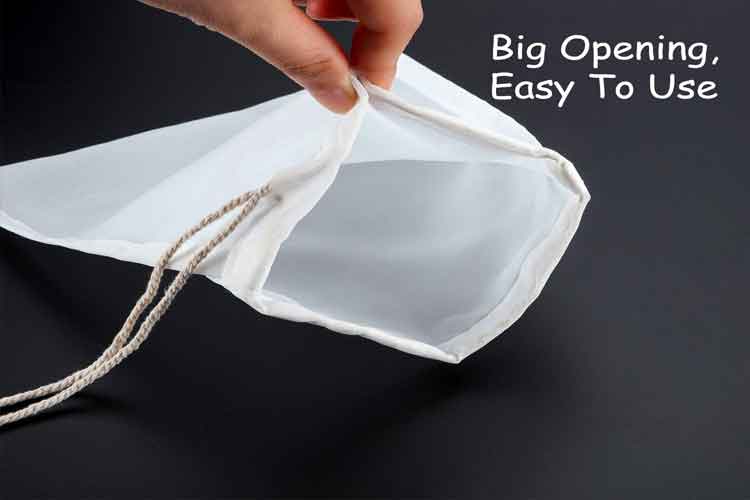Screen mesh for screen printing
screen mesh for screen printing Screen printing is a popular method of printing designs on various materials, such as t-shirts, posters, and signage. The process involves pushing ink through a stencil or mesh screen onto the substrate, creating a precise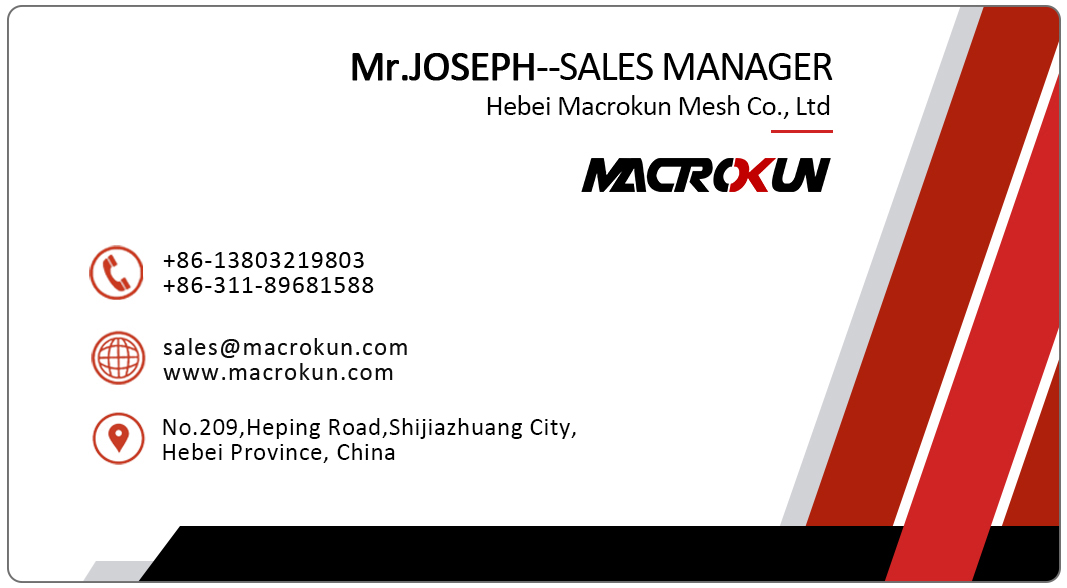
screen mesh for screen printing
Screen printing is a popular method of printing designs on various materials, such as t-shirts, posters, and signage. The process involves pushing ink through a stencil or mesh screen onto the substrate, creating a precise and high-quality print. One crucial component of screen printing is the screen mesh, which plays a significant role in determining the quality and accuracy of the print.
Screen mesh is a woven material that is stretched tightly across a frame, forming the stencil for the printing process. The mesh is made from various materials, such as polyester, nylon, and stainless steel, and comes in various sizes and thread counts, depending on the printing requirements.
.jpg)
The most common mesh material used in screen printing is polyester. Polyester mesh is durable, lightweight, and resistant to moisture and chemicals. It is also easy to clean and maintain, making it a popular choice among screen printers. Polyester mesh is available in different mesh counts, ranging from 60 to 500. The mesh count refers to the number of threads per inch in the mesh, with higher mesh counts providing more detail and finer prints.
Nylon mesh is another popular material used in screen printing. Nylon mesh is more stretchable than polyester mesh, making it ideal for printing on curved or irregular surfaces. It is also more resistant to tearing and wear, making it suitable for high-volume printing applications. Nylon mesh is available in various mesh counts, ranging from 10 to 200.
Stainless steel mesh is used in high-end screen printing applications, such as electronics and solar cell printing. Stainless steel mesh is highly durable and can withstand high temperatures and chemicals. It is also resistant to stretching and distortion, ensuring that the print stays accurate and consistent. Stainless steel mesh is available in various mesh counts, ranging from 100 to 400.
When selecting a screen mesh, it is essential to consider the printing requirements, such as the type of ink, substrate, and design. Mesh count, thread diameter, and tension are crucial factors to consider when selecting a screen mesh. Higher mesh counts provide finer detail, but they also require thinner ink and more pressure to push the ink through the screen. Thicker threads can withstand higher tension, resulting in more accurate and consistent prints.
In conclusion, the screen mesh is a crucial component of screen printing. It determines the quality, accuracy, and detail of the print, making it essential to select the right mesh for the printing application. Polyester, nylon, and stainless steel are the most common mesh materials used in screen printing, each with its advantages and disadvantages. By considering the printing requirements and selecting the appropriate mesh count, thread diameter, and tension, screen printers can produce high-quality, precise, and consistent prints.
Tags:
